ECCB Newsletter April 2025

A NOTE FROM
DR. GONDER
Howdy!
The Department of Ecology and Conservation Biology, ECCB, is pleased to share highlights from a year marked by growth, collaboration and excellence.
We welcomed several new faculty and staff who are already enriching our academic and research community. Faculty joining us in the 2024-25 academic year include Drs. Taeyoon Lee, Toby Hibbitts, Ian Ausprey and Antonio Rodrigues, whose expertise spans forestry technology, herpetology, avian ecology and behavioral ecology. We are also excited to welcome new staff members — Dr. Kevin Njabo, Diana Wood, Safak Komurlu and Theresa Bramson, who each bring valuable skills and fresh energy to our department. Finally, we celebrated Dr. William Rogers’ recent promotion to associate department head for graduate and undergraduate programs, a recognition of his dedicated service in expanding student success and opportunities.
The ECCB community continues to thrive thanks to the dedication and accomplishments of our faculty, staff and students. Over the past year, members of our department have received numerous honors, including the Vice Chancellor’s Awards in Excellence, Dean’s Outstanding Achievement Awards, the Montague-CTE Scholars Award, and university recognition for decades of service and teaching excellence. Our faculty members have also been featured in national media and professional publications, underscoring ECCB’s growing impact on science and society.
ECCB’s productivity remains strong across research, education, service and global engagement. Our faculty continues to publish in top-tier journals — including Science, Nature and Proceedings of the National Academy of Sciences — while securing new competitive external funding to advance innovative research. Undergraduate enrollment is also on the rise, growing from 298 students in 2023 to 445 in 2024, reflecting the increasing appeal of our programs. This year, ECCB deepened its global impact through expanded partnerships with the International Union for Conservation of Nature’s Red List Partnership, IUCN-RLP, and Re:wild, further elevating our role in biodiversity conservation. These collaborations provide meaningful opportunities for faculty and students to contribute to applied conservation science and policy. Looking ahead, we are excited to strengthen these partnerships, build new ones and continue advancing our mission of global impact.
As we advance with the department’s strategic plan, published in 2024, we remain committed to fostering a welcoming and innovative environment that supports our community’s success.
Best regards,
Katy Gonder, Ph.D.
Professor and Department Head
[email protected]
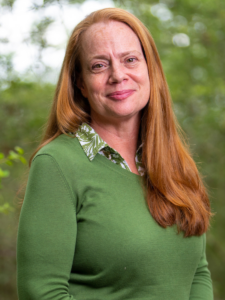
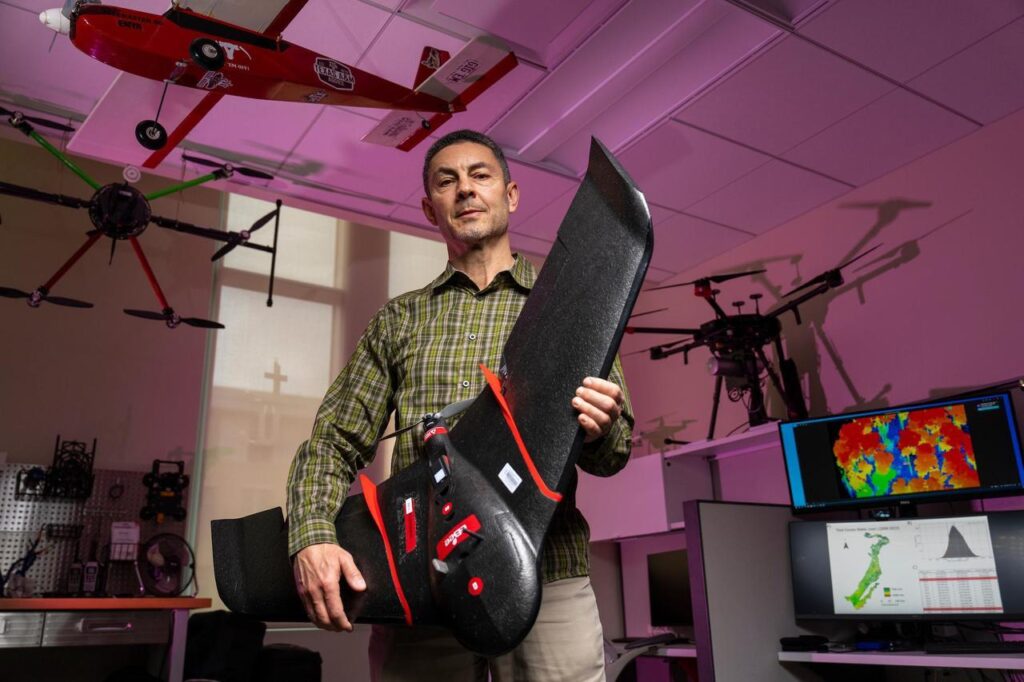
Ecoinformatics researcher advances conservation science
The emerging field of ecoinformatics is transforming the way we understand and manage ecological systems, helping bridge the gap between cutting-edge data science and real-world challenges.
Sorin Popescu, Ph.D., a professor of remote sensing in the Department of Ecology and Conservation Biology in the Texas A&M College of Agriculture and Life Sciences, is at the forefront of this dynamic field. With applications spanning ecology, conservation and natural resource management, this multidisciplinary field is creating efficiencies across industries.

ECCB 314 Down River: Biology of Gulf Coastal Fishes
ECCB 314 Down River: Biology of Gulf Coastal Fishes is a two-week class that visits various locations along the Guadalupe and San Marcos rivers to study the biological complexity of Gulf Coast river systems. Students gain hands-on experience in field and museum ichthyological techniques — collecting and sampling specimens, participating in lectures and museum preparation, and archiving specimens.
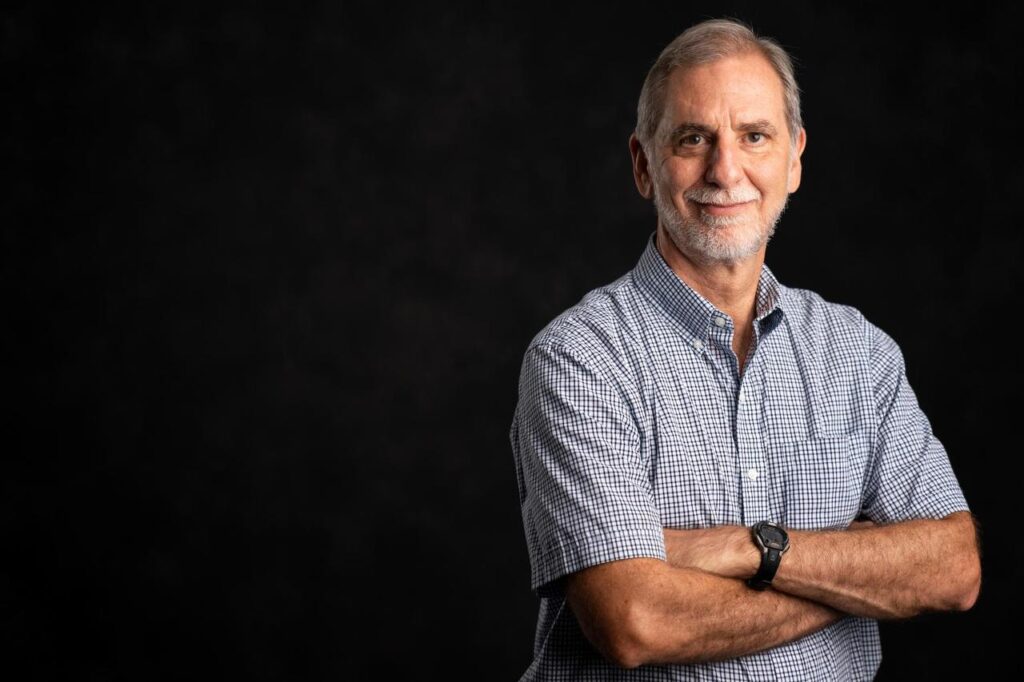
Research reveals older animals’ role in species survival
A collaborative study involving Kirk Winemiller, Ph.D., University Distinguished Professor in the Texas A&M College of Agriculture and Life Sciences Department of Ecology and Conservation Biology, highlights the important roles older animals play in their populations and the ecological ripple effects of their loss.
The paper, “Loss of Earth’s old, wise and large animals,” published in Science, examines how older animals contribute to survival knowledge, reproduction, offspring survival and stability of social structures.
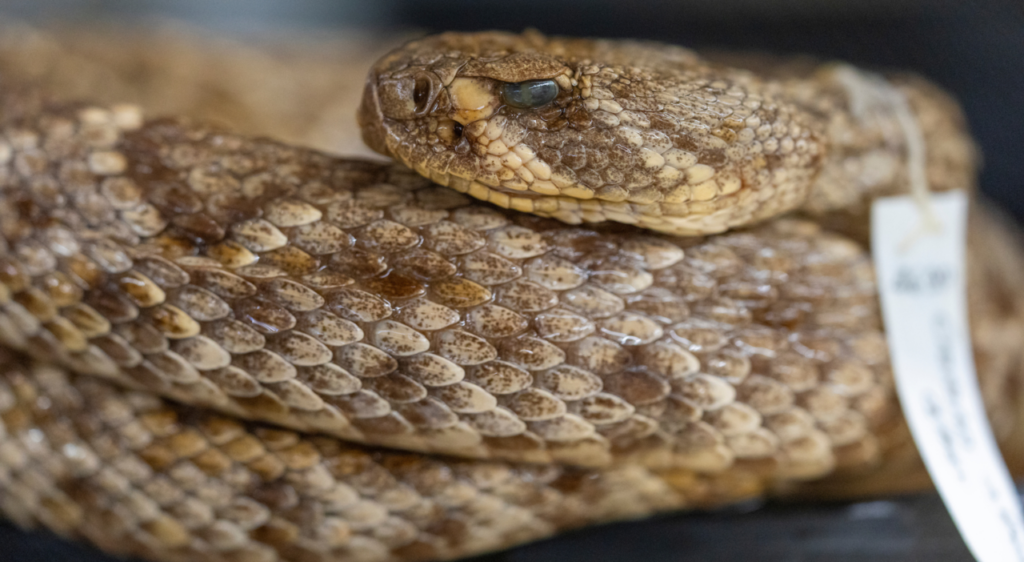
Five ways to prevent negative encounters with snakes this spring
Springtime in Texas brings warmer temperatures, blooming wildflowers — and more active snakes. As these reptiles emerge, the chances of encountering them increase. However, understanding snake behaviors and basic safety tips can help prevent unnecessary fear and reduce the risk of a bite.
“The best way to avoid snake bites is to be aware of your surroundings and recognize the scenarios that lead to them,” said Toby Hibbitts, Ph.D., instructional assistant professor in the Texas A&M College of Agriculture and Life Sciences Department of Ecology and Conservation Biology. “If you spot one, the best thing to do is leave it alone and let it go its way.”
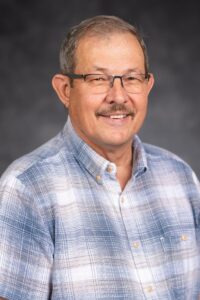
Texas A&M rangeland science expert Kreuter retires
After almost four decades of rangeland and ecosystem management research and teaching, Urs Kreuter, Ph.D., the Joan Negley Kelleher professor in the Department of Ecology and Conservation Biology, retired on March 31.
Kreuter’s career has shaped the field of rangeland stewardship, bridging gaps between ecology, economics and social sciences to provide practical solutions for landowners, producers and policymakers.
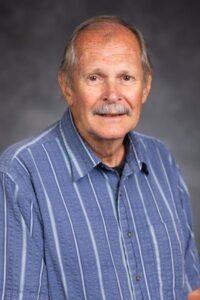
Celebrating 49 years of dedication
This year, the Department of Ecology and Conservation Biology celebrates an extraordinary milestone: William Grant, Ph.D., has completed 49 years of remarkable service at Texas A&M University.
Since 1976, Grant has made invaluable contributions to ecological research, education and mentorship, leaving an enduring impact on the department, the university and the scientific community at large.

Rogers named associate department head
On April 1, William Rogers, Ph.D., was named associate department head for graduate and undergraduate programs in the Department of Ecology and Conservation Biology.
Rogers has been a faculty member at Texas A&M since 2005. In his expanded role, he will continue supporting student success and improving the educational experience available in the department.

Community ecologist joins department
Ian Ausprey, Ph.D., joined the Texas A&M College of Agriculture and Life Sciences Department of Ecology and Conservation Biology as an assistant professor. He specializes in community ecology and biodiversity conservation, focusing on how bird populations adapt to dynamic ecosystems.
Jaime wins Best Oral Presentation
Xavier Jaime, Ph.D., a postdoctoral research associate in the lab of X. Ben Wu, Ph.D., was voted Best Oral Presentation at the Texas Section Society for Range Management annual meeting. Jaime also won third place in the Don Pendleton Memorial Collegiate Award.
Department faculty and staff recognized at annual awards
Members of the department have been recognized with Vice Chancellor’s Awards in Excellence, Dean’s Outstanding Achievement Awards, Montague-CTE Scholars Award and University Distinguished Achievement Awards. Congratulations to all recent recipients:
Vice Chancellor’s Awards in Excellence
Business Operational Staff Award: Kristi Smith, senior business administrator
AgriLife Research Director’s Awards
Administrative Support Staff Award: Dawn Miles, senior administrative coordinator
Faculty Fellow: Asko Noormets, Ph.D., professor
Daniel Spalink, Ph.D., assistant professor and director of the S.M. Tracy Herbarium
University Level Distinguished Achievement Awards
Teaching: Lee Fitzgerald, Ph.D., professor and curator in Texas A&M Biodiversity Research and Teaching Collections
Teaching: Leslie Kelso-Winemiller, Ph.D., instructional professor

Gonder supports primate conservation
Katy Gonder, Ph.D., head of the Department of Ecology and Conservation Biology, is once again at the forefront of primate conservation, where she has played a pivotal role. She led the original study recognizing the Nigeria-Cameroon chimpanzee and was the first scientist to confirm that chimpanzees persist in the Ise Forest Reserve in southwest Nigeria.
Now, a recent study using camera traps has captured the first-ever images of genetically distinct chimpanzees in southwest Nigeria, offering crucial insights into their conservation.
Grace investigates hormones and behavior
Jacquelyn Grace, Ph.D., assistant professor in the Department of Ecology and Conservation Biology, recently published a study on animal hormones and behavior, providing valuable insights into the impact of early-life stress on later juvenile/adult behavior and contributing to our understanding of ecological and physiological processes.
Noormets reviews plant and microbial processes
Asko Noormets, Ph.D., professor in the Department of Ecology and Conservation Biology, reports in the journal BioScience that soil microbial communities and plant-microbe interactions determine how much carbon is retained in the long term, and why fast-growing plantation forests may not produce the environmental benefits that more complex and biodiverse natural forests do.
Lawing reconstructs ancient ecosystems
Michelle Lawing, Ph.D., associate professor in the department, contributed to research analyzing over 50,000 teeth from carnivorous animal communities to reconstruct ancient ecosystems.
David publishes review on tick-borne pathogens
Ajileye Oluwaseun David, a graduate researcher in the lab of Jessica Light, Ph.D., has shared the first publication from his dissertation research. His review examines filarial nematodes, which can affect animal and human health, and their use of ticks as vectors.
Malambo and Popescu advance remote sensing
Lonesome Malambo, a geospatial analyst within the Texas A&M Forest Service, and Sorin Popescu, Ph.D., professor in the Department of Ecology and Conservation Biology, recently collaborated to construct forest canopy height mapping in East Texas. Data on elevation measurements and canopy height are crucial for ecological studies.

Giving to the Department of Ecology and Conservation Biology
The Department of Ecology and Conservation Biology was officially founded in 2020. We aim to conduct interdisciplinary research across all ecological levels, from genes to ecosystems, to conserve biodiversity and natural resources in our rapidly changing world.
None of this would be possible without the generosity of our donors and friends.